features
What is kimchi? How to make it at home and what to eat it with
10 Mar 2023
10m
It has been beloved in Korean homes for generations, but what is kimchi made of and what do you eat it with?
Some of you might be familiar with the deliciously umami fermented vegetable dish, seeing as it has (rightly) seen a surge of popularity over here in recent years.
But many others might be wondering what kimchi tastes like and where to buy it. For the curious amongst you, we’ve compiled an everything you need to know guide (because trust us, if you’re not eating the stuff, you bloody well should be).
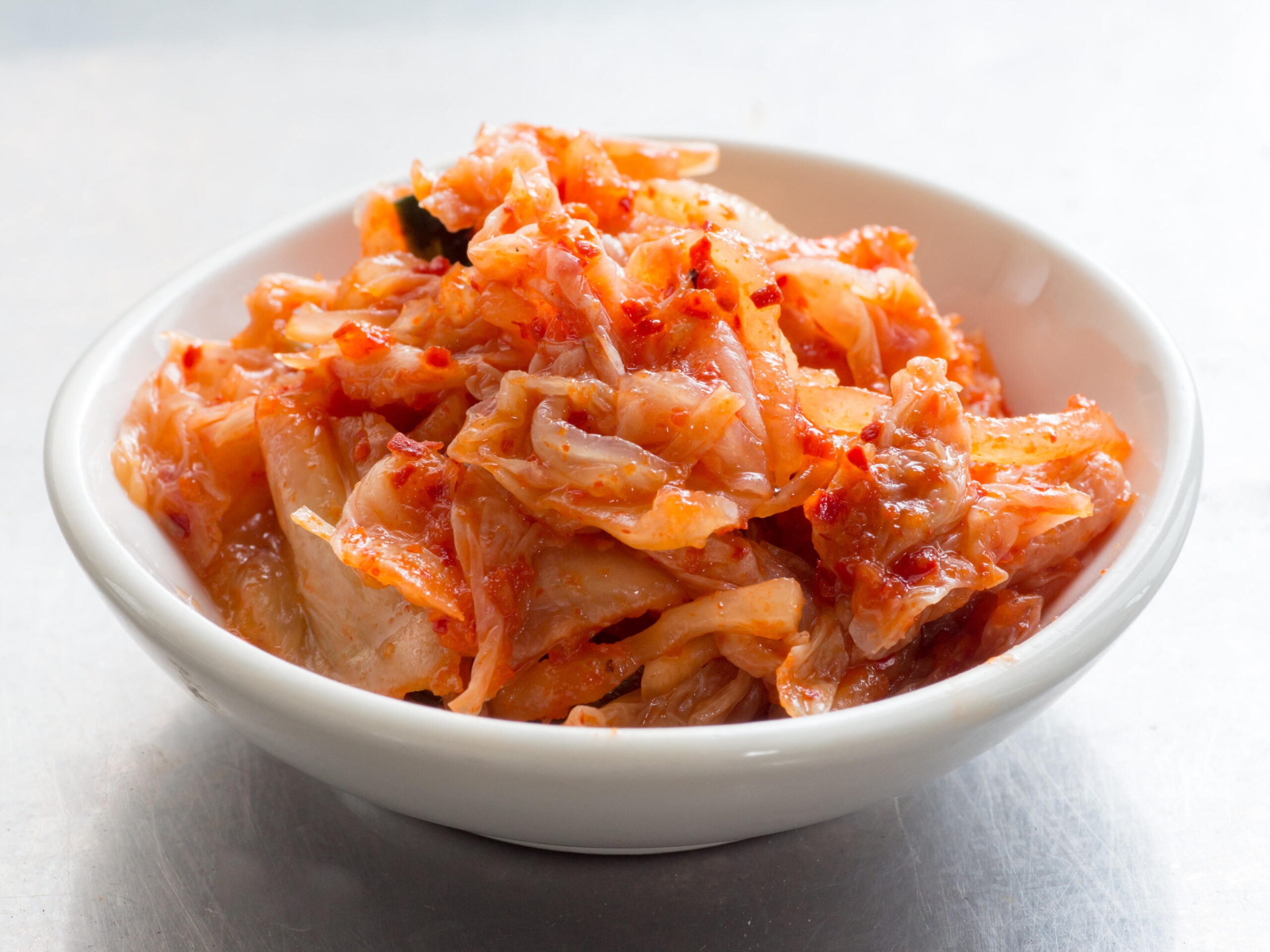
If you haven’t tried kimchi, you need to (Credit: Alamy)
READ MORE: How to cook, eat and prep rhubarb – a Twisted guide
What is kimchi made of?
Kimchi is a Korean side dish that can be made of a variety of fermented vegetables and sometimes even fruit.
They’re combined with a whole manner of seasonings, including the likes of gochugaru (a Korean chilli powder), garlic, ginger, spring onions and jeotgal (which is a salted seafood).
Baechu kimchi – the most popular type of kimchi eaten today – is typically made with napa cabbage, carrots and daikon radishes.
But there are loads of regional varieties, which include the likes of balloon flower roots, aubergine, mustard greens, pumpkins and even seaweed.
Raw seafood is often added in place of some of the jeotgal in Northern and Central regions of Korea, whilst salted anchovies (myeolchi-jeot) are commonly added in South Korea.
Despite all these recipes existing today, kimchi actually originates more as a method of preserving veg, meaning that there isn’t one right way to make it.
Hailing back centuries, it was less one dish and more a way to keep vegetables for longer. Korean households would pickle and ferment their veg so that it all lasted through winter.
Who would have thought such a tasty dish would follow?
What does kimchi taste like?
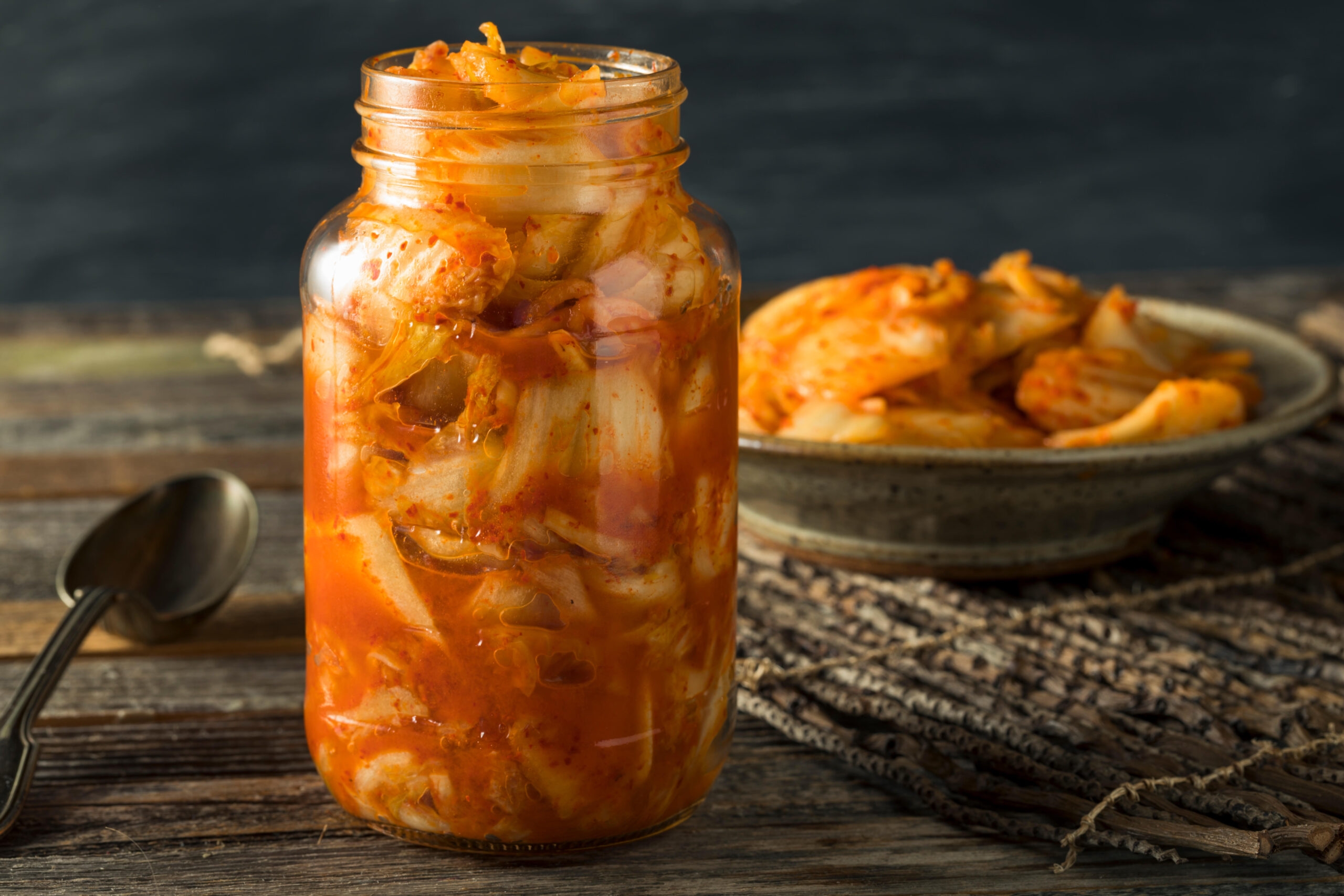
Kimchi is alive and fermented (Credit: Alamy)
Kimchi is a medley of complex and powerful flavours. It usually tastes sour, funky and tangy with strong hits of umami.
The veg used is often softened thanks to the fermentation process, but you can still expect some bite, and even a bit of fizz sometimes, due to the lactic acid bacteria that forms.
As we mentioned, the flavour profile of kimchi really can vary depending on several factors, including the length of time the veg is fermented for and what ingredients are used.
Saying that, you’ll typically get a hit of acidity, as well as smokiness and some spice from the Korean chilli and Gochugaru pepper (though some kimchi is made without).
It’s the fish sauce or seafood, if used, that typically gives the umami flavour, and hints of garlic and ginger are also commonly present.
Told you there was a lot going on…
READ MORE: What is blonde chocolate? Food’s sweetest new trend…
What to eat kimchi with
Kimchi is often enjoyed on its own as a side dish, but if you want to eat it as part of a main meal, there are loads of ways to do this, too.
There are loads of Korean dishes that can incorporate kimchi.
These include:
1. Kimchi Stew
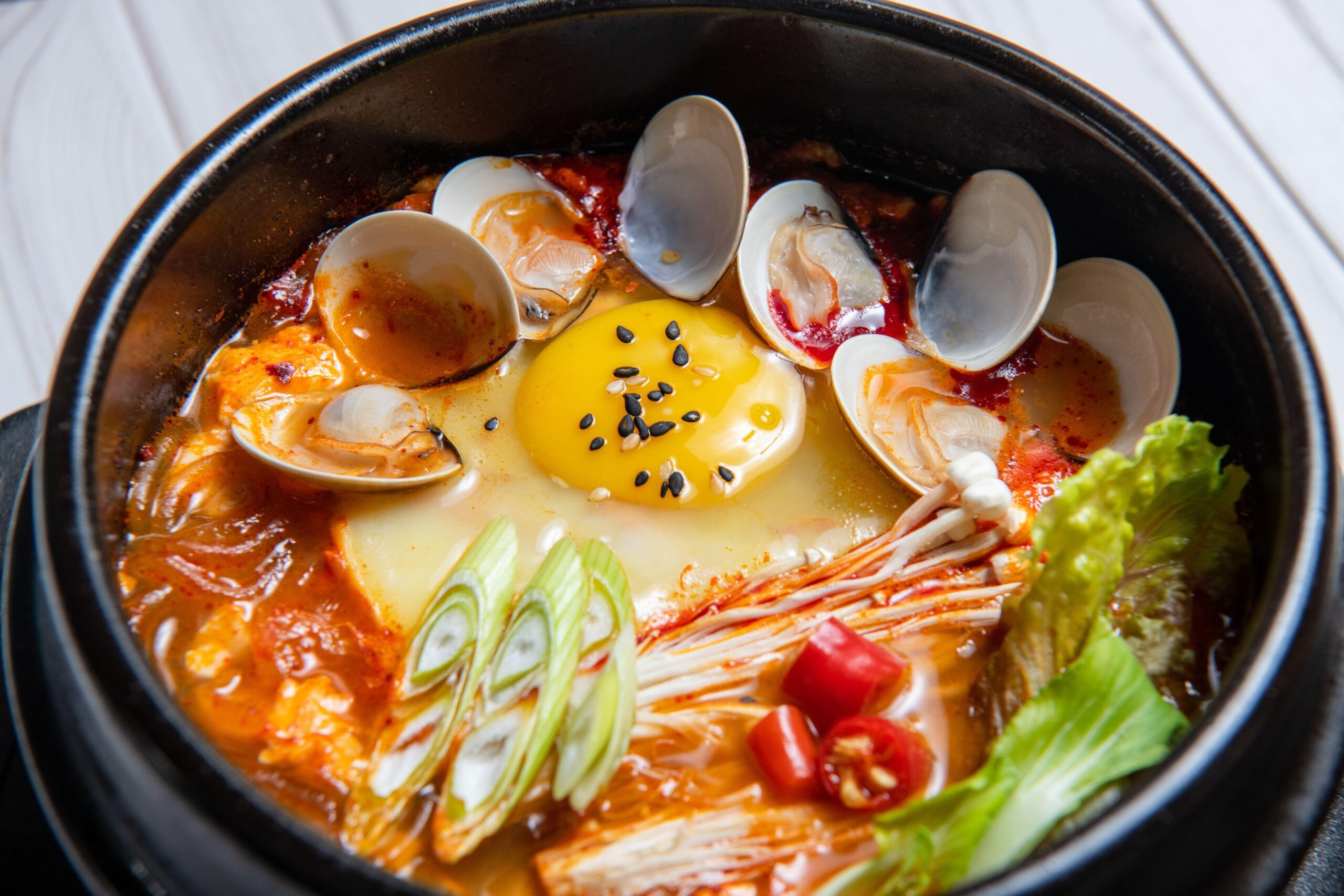
Kimchi jjigae is a popular Korean stew (Credit: Alamy)
Stews like Korean kimchi jjigae see the fermented veg cooked up into a tasty broth with pork and tofu.
2. Tofu Kimchi
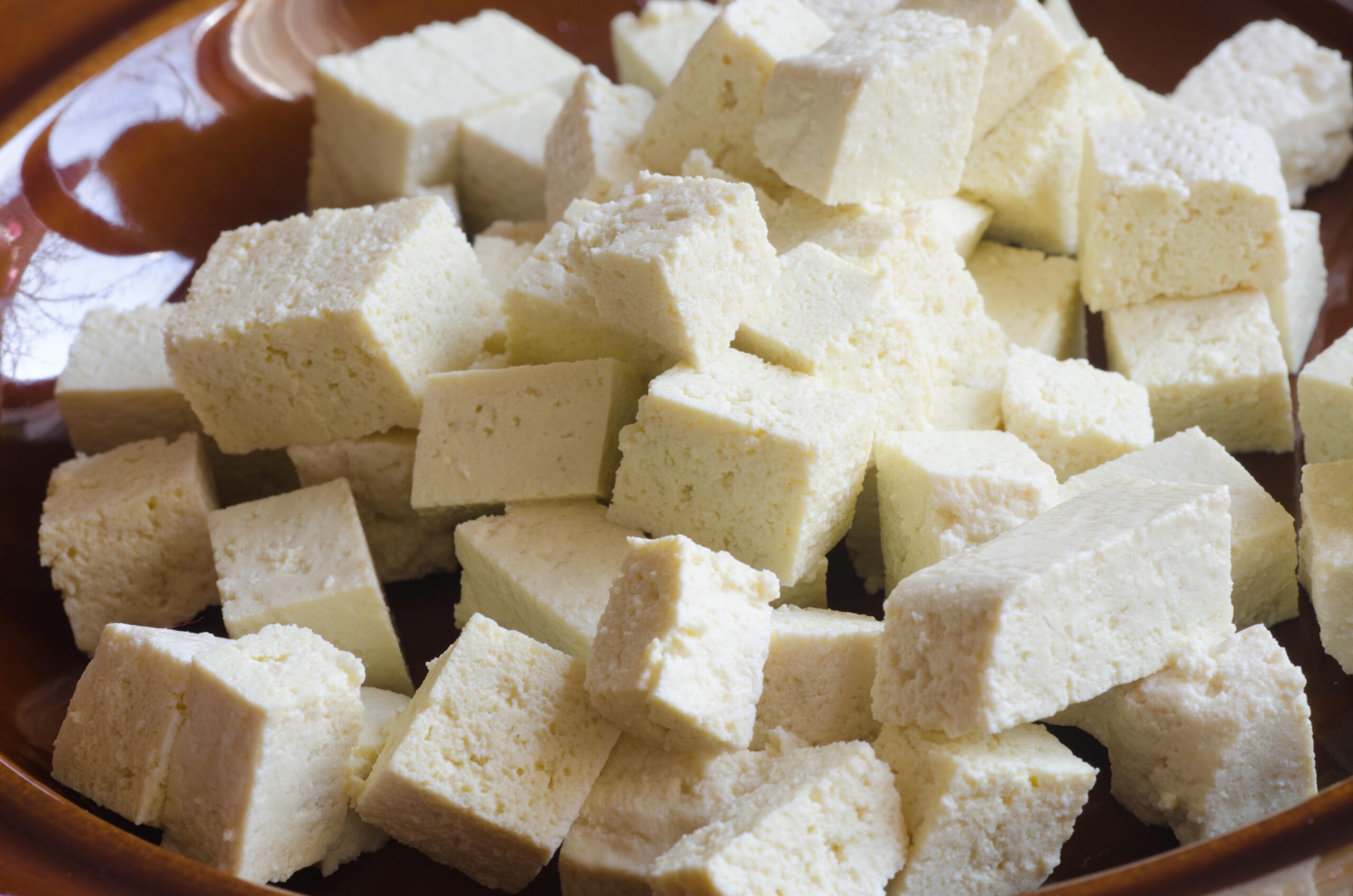
Kimchi is often served on top of tofu (Credit: Alamy)
Also known as dubu kimchi, this is actually a snack enjoyed with drinks in Korea, and sees the dish combined with pork and topping spongey tofu.
3. Kimchi Noodle Salad
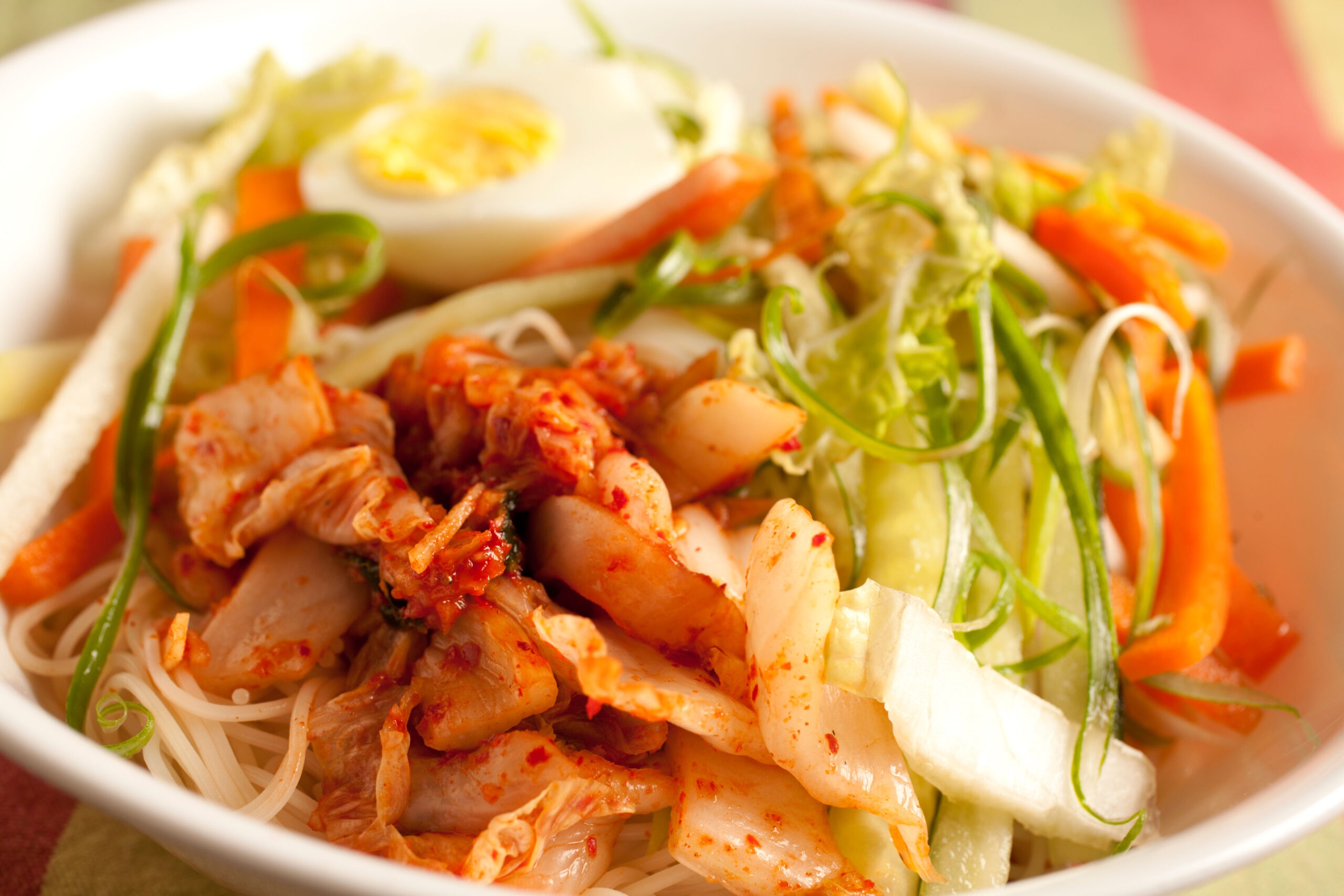
Bibim guksu is a kimchi noodle salad (Credit: Alamy)
Known as bibim guksu, this soba noodle salad is sour and sweet, with a spicy Korean chilli dressing.
4. Kimchi Fried Rice
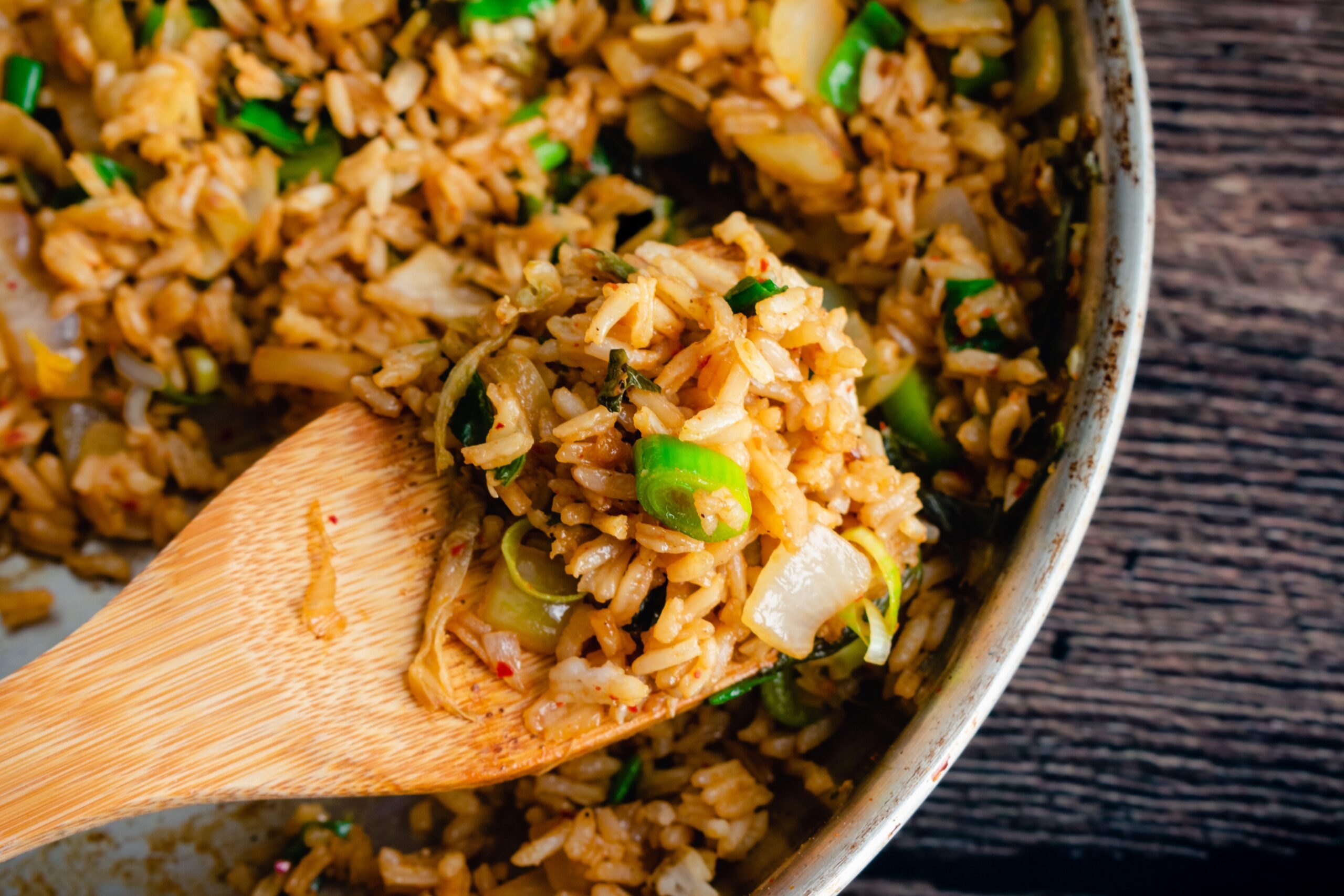
Kimchi fried rice is another classic (Credit: Alamy)
There are lots of varieties of kimchi fried rice, but one of the most popular is South Korean kimchi bokkeumbap, which sees the ingredient cooked up with rice, other veg and meats like spam.
5. Kimchi Pancake
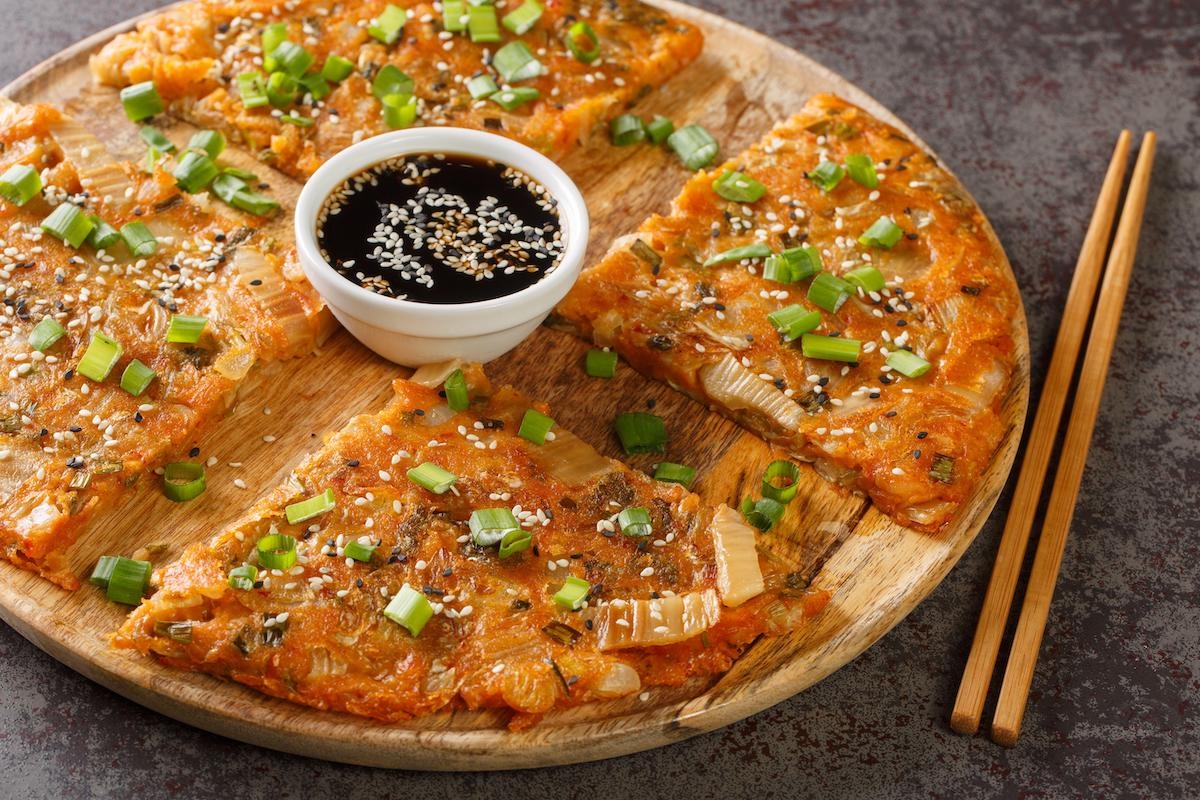
The kimchi pancake is another popular choice (Credit: Alamy)
Known as kimchi-buchimgae or kimchijeon, this pancake is made with the fermented veg, flour batter and often meat.
6. Kimchi Dumplings
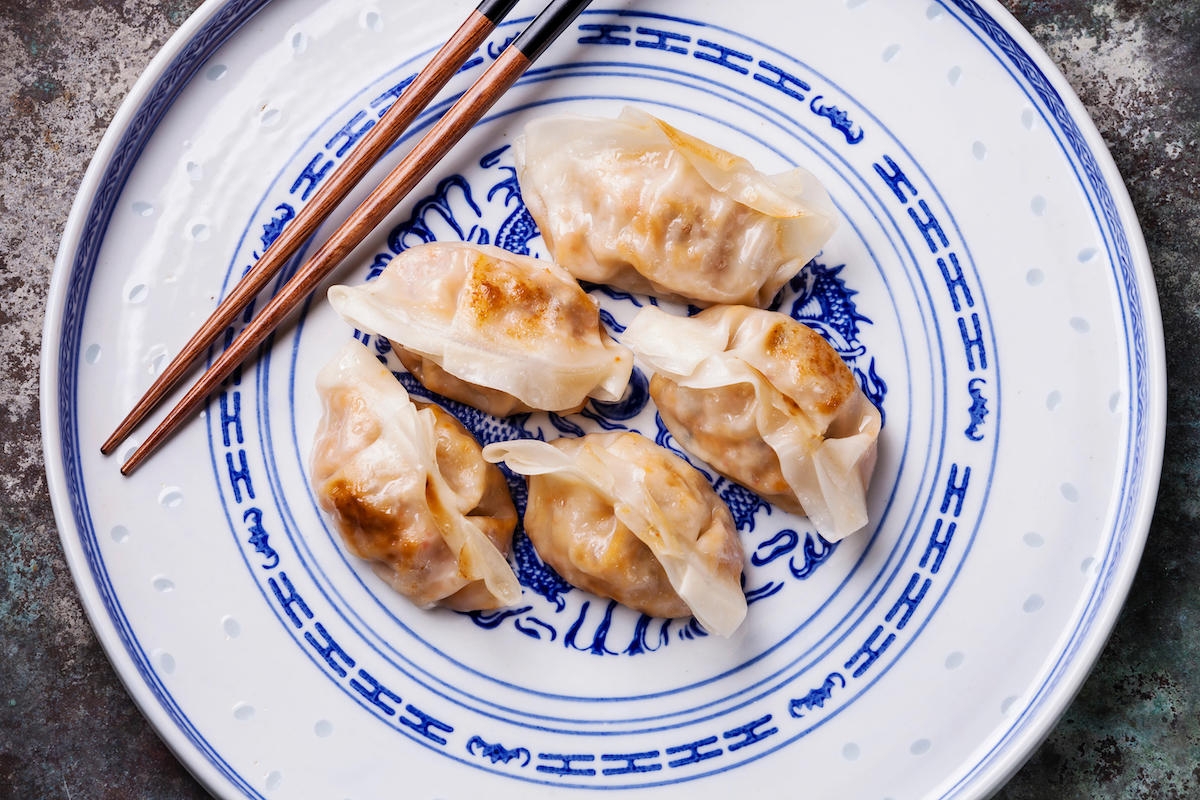
You can put your kimchi in dumplings, too (Credit: Alamy)
Called mandu or mandoo, these Korean dumplings are steamed, boiled or pan/deep-fried and can be stuffed with the fermented veg.
Of course, it doesn’t stop there. As kimchi has become more popular around the globe, we’ve seen it combined in lots of western meals, too.
These include:
7. Kimchi Loaded Fries

Kimchi loaded fries are a modern way to eat the dish (Credit: Alamy)
A delightful way to add spice and tang to your chips.
8. Kimchi on a Burger
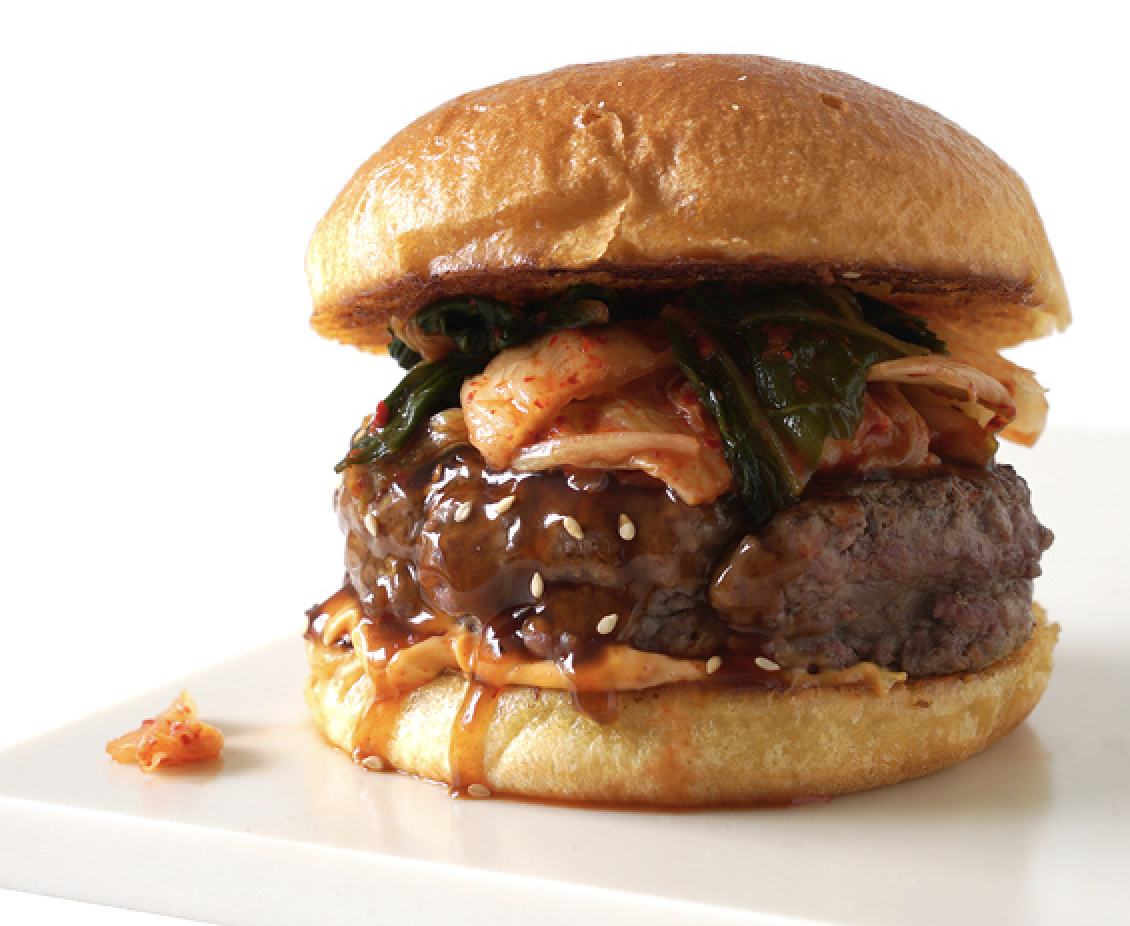
A kimchi topped burger is always a winner (Credit: Wikimedia Commons)
This brings crunch and a flavour kick to your bog standard burger.
9. Kim-cheese Toastie
Kimchi is a favourite in toasties today, with the fattiness of cheese complimenting the sour acidity of the fermented veg.
Kimchi recipe: How to make kimchi at home
We’ve already gone over the fact there are loads of varieties of kimchi, and they’re all delicious in their own ways.
But if you’re looking to make kimchi yourself at home, it’s worth starting with a nice simple recipe and then customising it as you get more confident.
Here’s one to get you started.
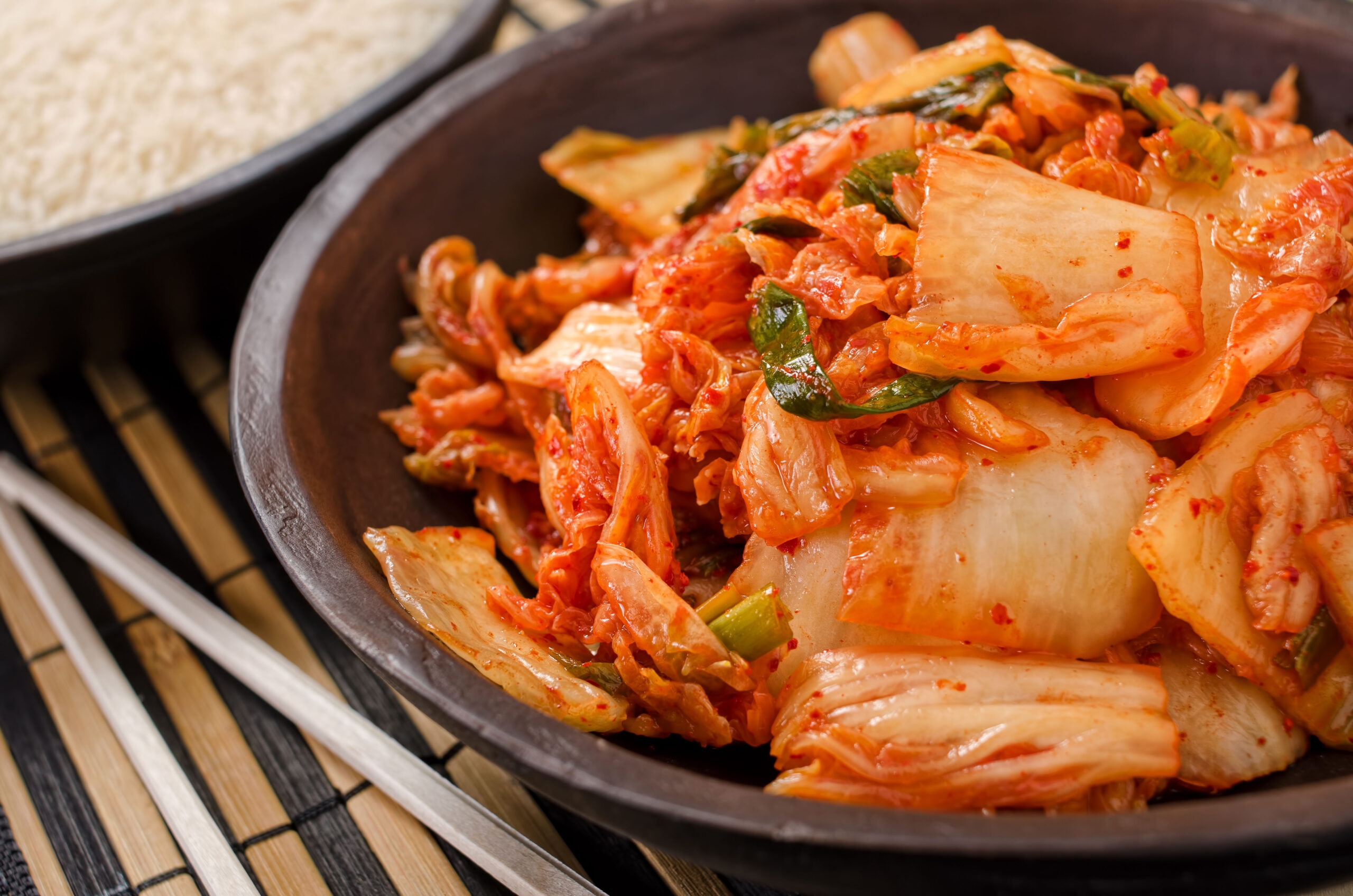
Kimchi is really easy when you know how (Credit: Alamy)
An easy kimchi recipe
You’ll need:
- 1 napa cabbage (or a green cabbage if you can’t find this)
- Salt
- 4 crushed cloves of garlic
- 1 tsp ginger, finely grated
- 2 tbsp fish sauce (swap for 1 tbsp miso paste if veggie or vegan)
- 4 tbs gochugaru
- 1 tsp granulated sugar
- 3 tbsp rice vinegar
- 200 grams Korean daikon radishes, grated
- 4 spring onions, chopped into small pieces
Method:
- Quarter the cabbage, then cut into two to three inch chunks, removing the core.
- Then, place it in a bowl and sprinkle lightly with a couple of tbs of salt and leave to sit for at least an hour (two hours preferably).
- In the meantime, combine your garlic, fish sauce and chilli flakes with sugar and vinegar to make a bright red paste.
- Rinse the salt off the cabbage thoroughly (do it a few times), then pat dry before covering in the paste, stirring in the daikon and spring onion, too.
- Mix all the veg into the paste, using your hands to ensure it is all covered (gloves might be advised at this stage!)
- Then, either eat immediately or put it in a glass jar and seal it before leaving it to ferment at room temperature for two days.
You can read alternative ways to store and ferment the kimchi below.
As we said, throw in different spices and vegetables once you’ve got to grips with it, too. Kimchi is really easy when you know how.
READ MORE: Yotam Ottolenghi on the do’s and don’ts of cooking fusion food
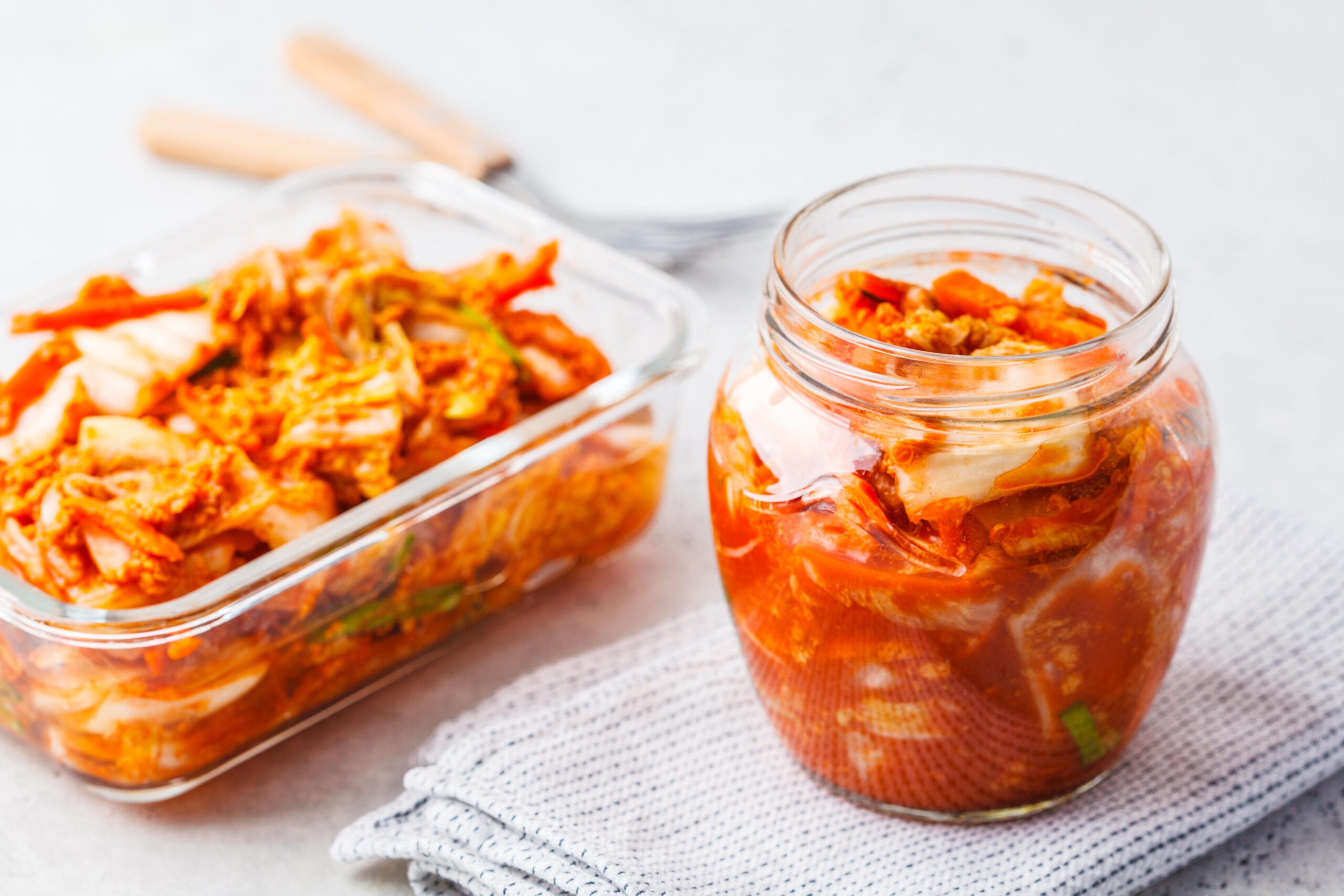
Kimchi can last for a week or months in the fridge (Credit: Alamy)
How long does kimchi last?
Kimchi will last about a week when kept in a sealed container at room temperature.
However, in the fridge, it can last far longer. In fact, Healthline say you can keep it for up to six months in some instances.
It’s worth noting that when you leave your kimchi will keep fermenting because it is technically unpasteurised and full of thriving bacteria.
As we touched on earlier, that means it’ll change in flavour the longer you leave it (so, six month old kimchi won’t be for those who are scared of a bit of tang).
Can you freeze kimchi?
Freezing kimchi is also a great way to store it, and prolongs its life.
This is a great idea if you’re worried about your kimchi going a little sour, as you can keep it in the freezer for a year and a half.
When put in the fridge, the kimchi’s fermentation process is put on pause, but it continues once you thaw it out again and the probiotics reactivate.
Freezing kimchi will change its flavour profile slightly, and you may not get the same strength of spice or tang, but it’s a great way to make it last longer.
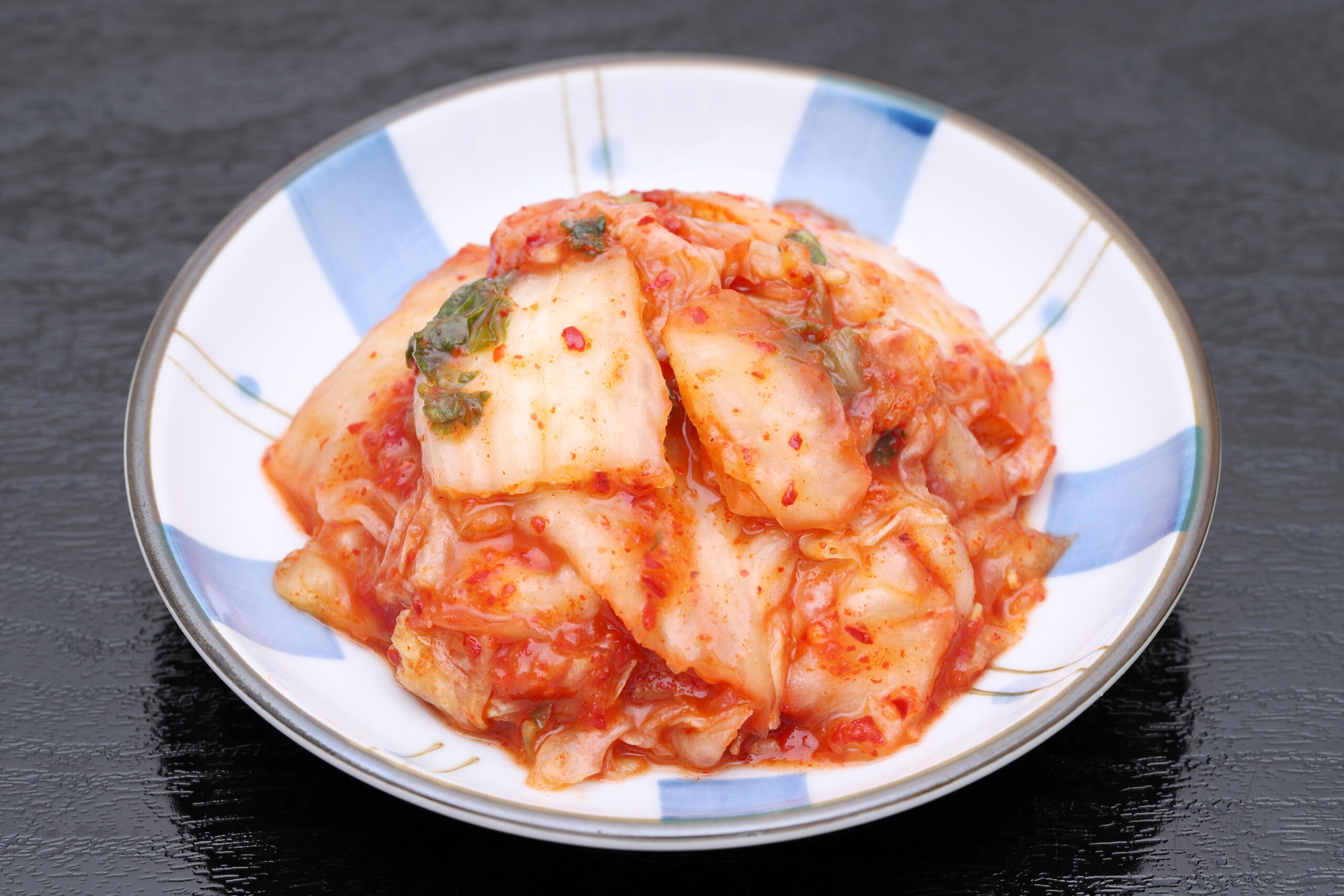
Kimchi is really good for you, too (Credit: Alamy)
READ MORE: How to cook, eat and prep wild garlic – a Twisted guide
Is kimchi good for you?
Kimchi is renowned for being incredibly good for you.
It’s packed with nutrients and probiotics, all of which have well documented health benefits. Delicious and healthy? Yep, kimchi is a winner.
Let’s break down some of the good stuff packed in your kimchi jar:
- Probiotics – one of the main benefits of probiotics is that that they “help to improve the diversity of the good bugs in your gut microbiome — the trillions of bacteria that live in your gut,” according to health science company, ZOE. It is thought that healthy probiotics can regulate the digestive system, boost heart health and improve mental health.
- Vitamins – kimchi is rich in vitamin K which helps your blood clot and prevents brittle bones, and vitamin C which can improve immune health.
- Fibre – ZOE add that the fibre from all that veg in your kimchi can “provide food for your gut bacteria, so it can help the probiotics in kimchi thrive in your gut.”
- Choline – this is another natural compound found in kimchi with incredible health benefits. It can “maintain your cells, your muscles, your nervous system, and even your mood,” according to WebMD.
Where to buy kimchi
Nowadays, you can buy kimchi in pretty much all supermarkets, so you don’t have to bother making it yourself if you’re not inclined.
As you can probably tell by now, not all kimchi is made equal and there are a whole manner of varieties knocking about.
Don’t know where to begin? Here are some of our favourite brands of kimchi and where to buy them:
Chongga Kimchi
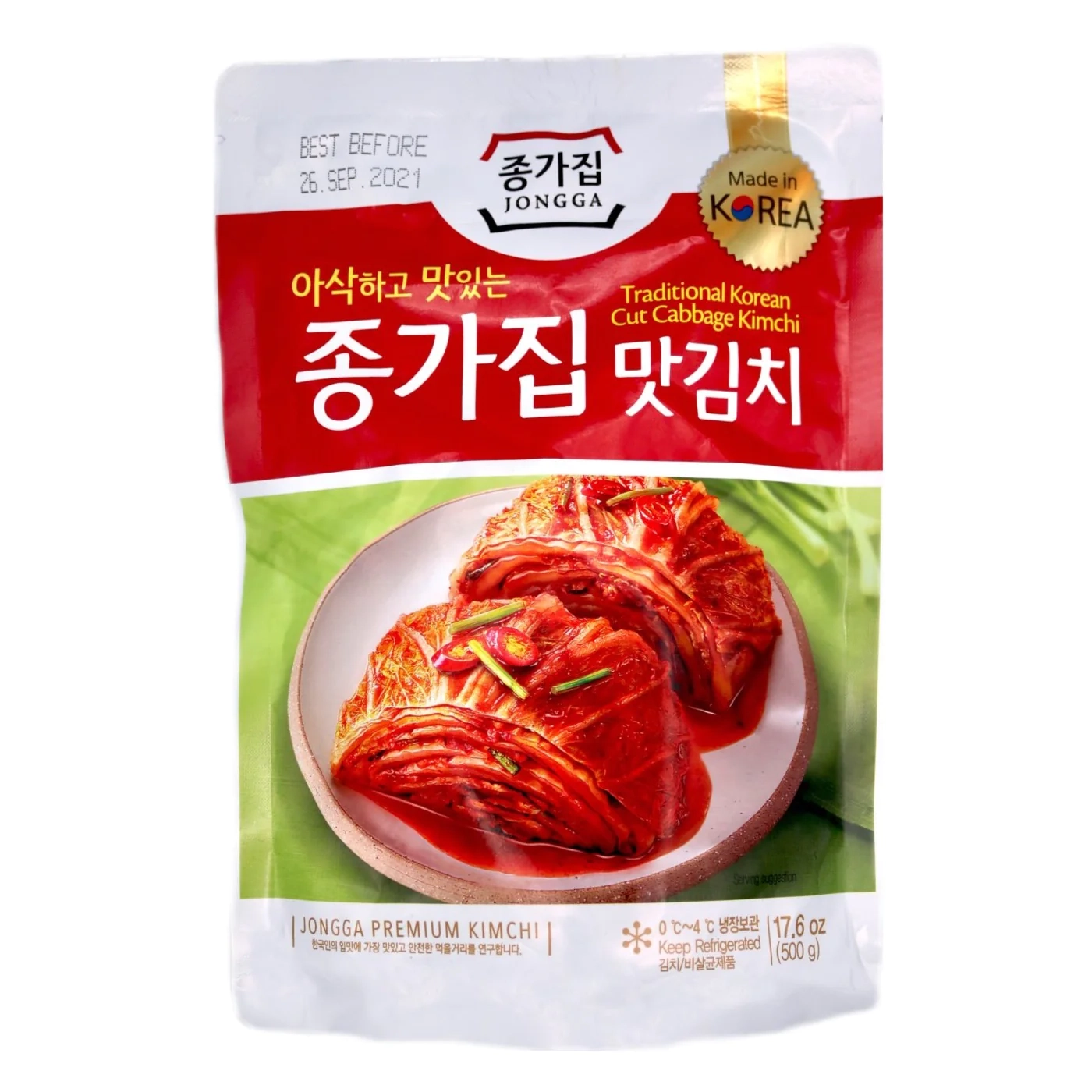
Chongga sell an authentic, Korean kimchi (Credit: Chongga)
This Korean brand isn’t to be messed with, selling kimchi made of cabbage and radish, with kelp, Korean leek, fermented anchovy and shrimp in the mix, too.
This one is pungent but not too fiery, and reviews gush that it’s one of the most authentic kimchi products here in the UK.
It’s available in Asian supermarkets like Tuck Tuck Mart (£4.99 for 500g) and Oriental Mart (£4.80 for 500g). Plus, it’s on Amazon (£6.95 for 500g).
Vadazs Raw Kimchi
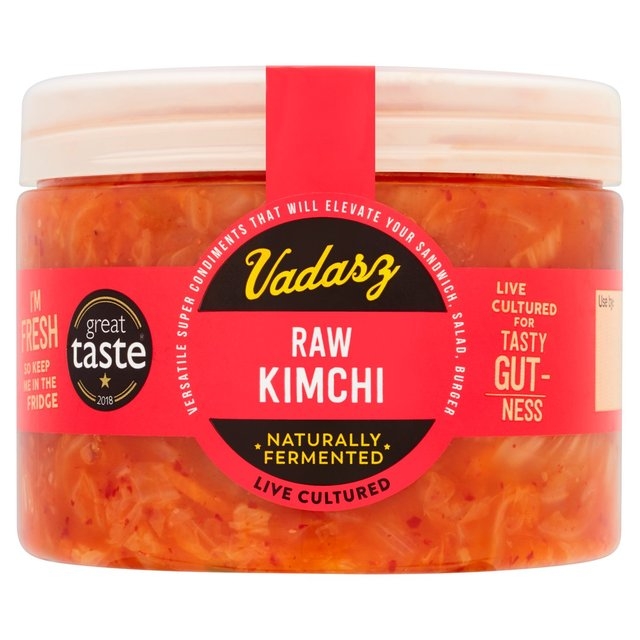
Vadazs is a very reliable kimchi brand (Credit: Vadazs)
Available in Sainsbury’s (£3.50), Tesco (£4.50), Waitrose (£3.80) and ASDA (£4.50) and Ocado (£4.50) Vadazs’ kimchi is a pretty traditional recipe with cabbage and carrot and just the right amount of funk.
With 400g in a tub, this one is great accompaniment for burgers, sandwiches or a bowl of rice that needs some love.
Check the Vadazs website for more deets on their other products (including a rather intriguing beet kimchi…oooh).
The Korean Pantry Kimchi
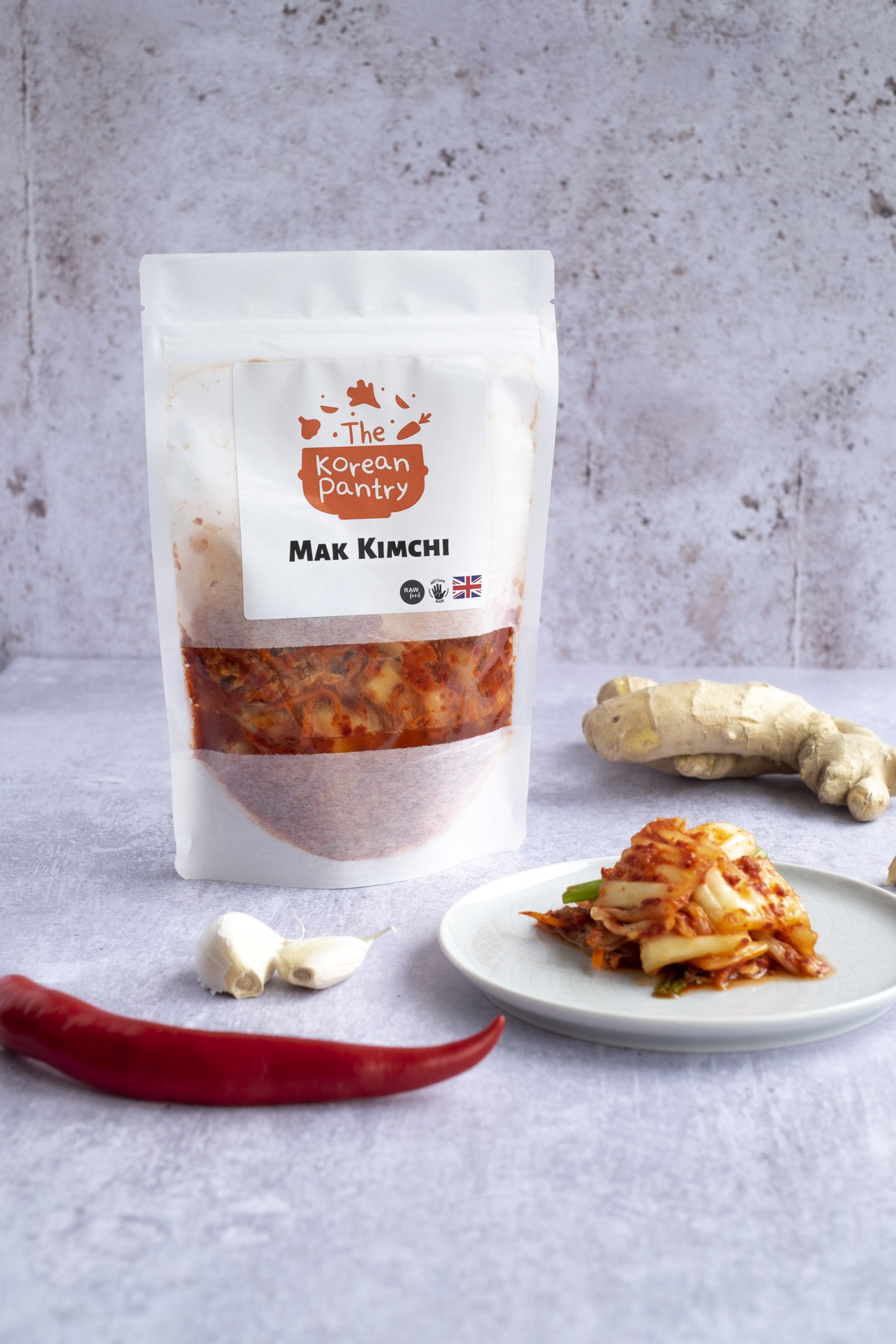
The Korean Pantry sell a great kimchi (Credit: Alamy)
Shipping UK wide, The Korean Pantry sells an amazing kimchi on their website (£7.40 for 250g) and over on delivery app, DELLI (£6.90 for 250g).
With cabbage, daikon and fermented shrimp for umami, this one promises a “spicy yet fresh and zingy taste” that makes it perfect for adding to stir fries, stews and dolloping onto a charcuterie and cheese platter.
The chef behind this brand, Cindy Robert, trained in South Korea, “learning the art of kimchi from Kimchi master chefs and Korean mums”.
As you can imagine, that means she really knows her stuff.
Loving Foods Kimchi
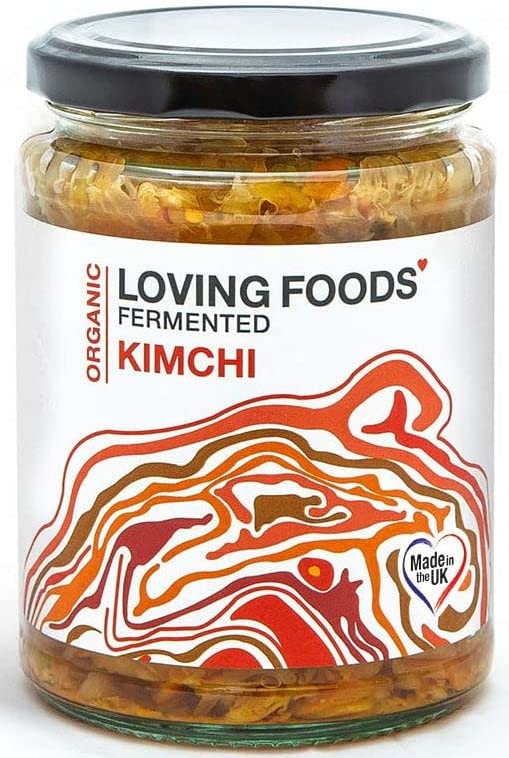
This kimchi is organic and sold in health stores (Credit: Loving Foods)
You can get Loving Foods kimchi at a variety of health food stores.
It’s made using organic carrots and cabbage, radish and onion and promises a “flavour bomb” to bung on scrambled eggs or even top a pizza with.
Their kimchi is vegan, too, so nobody has to miss out on it.
Prices start at £6.95 online at VEO and Zebra Foods for a 500g jar. Find it on Amazon for £9.95, too.
Eaten Alive Classic Kimchi
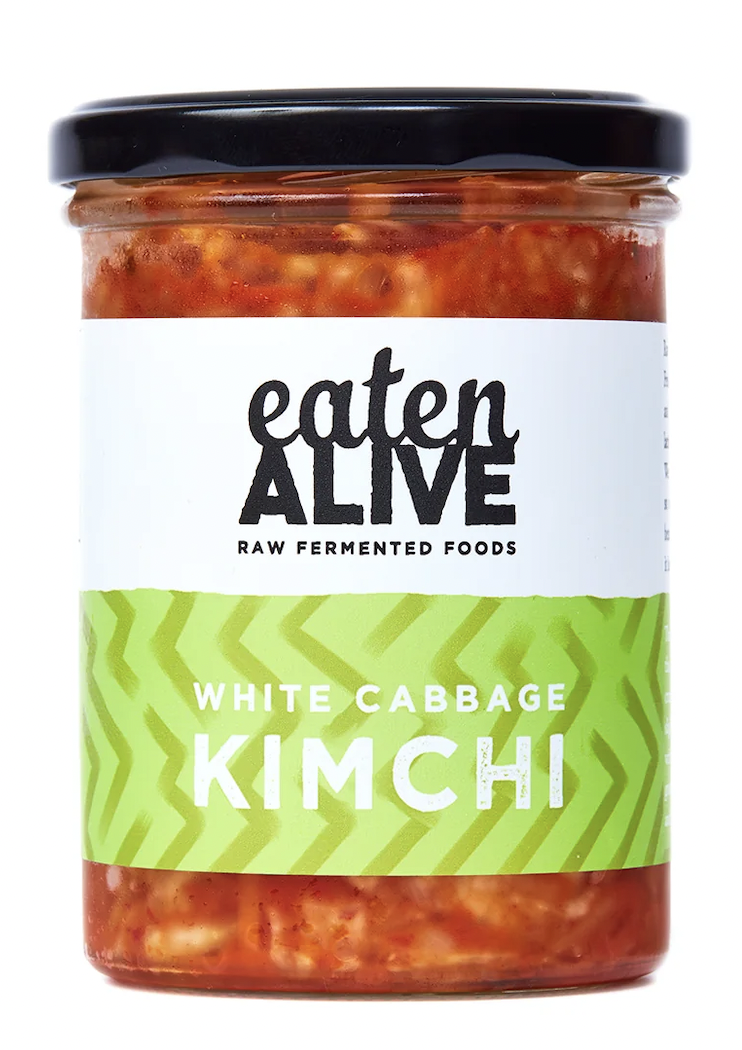
Eaten Alive is another great kimchi (Credit: Eaten Alive)
Eaten Alive’s kimchi costs £5.99 online for a 375g jar, but is also available at several health food stores like Planet Organic and Healthy Supplies.
This one has cabbage, carrot, daikon and apple in it so there’s a sweetness to match the umami. It’s nice and chunky with a healthy kick of spice that doesn’t go overboard.
They suggest trying theirs with eggs in the morning, or mixed into noodles. Yum.
You can also find some really cracking kimchi in your local Asian supermarkets, so have a snoop around and see which one tickles your fancy.
Your kimchi journey awaits!
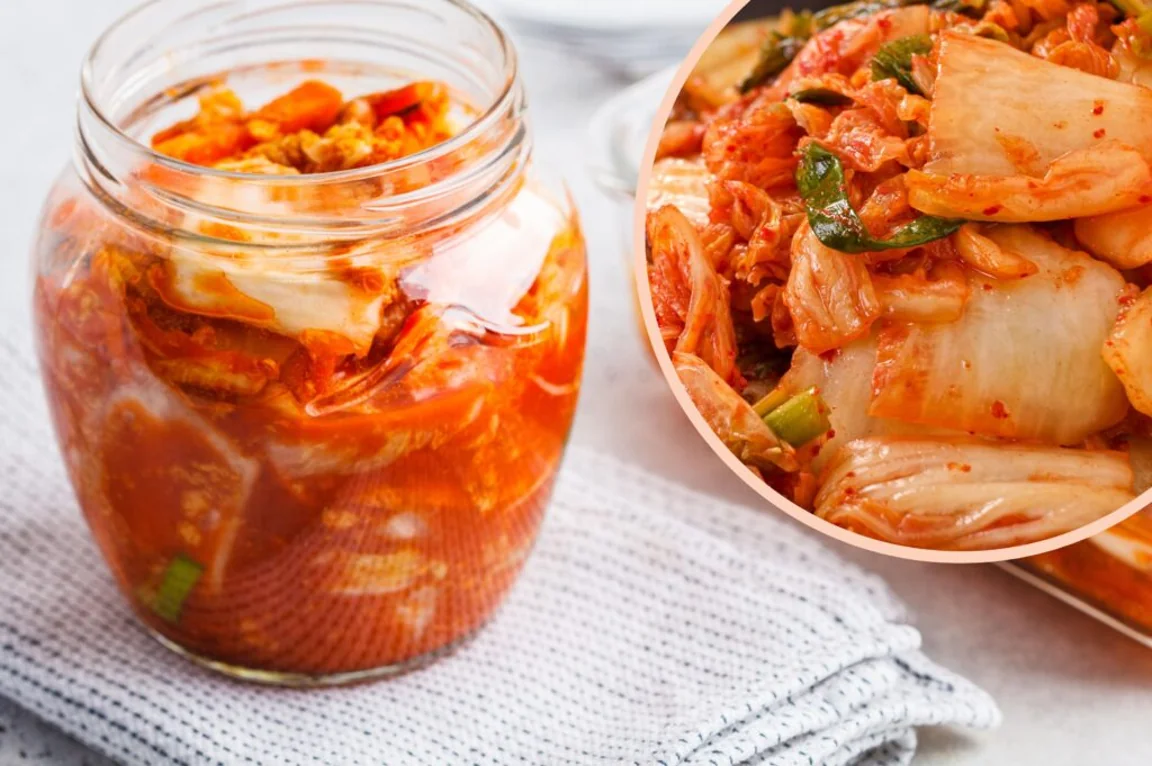
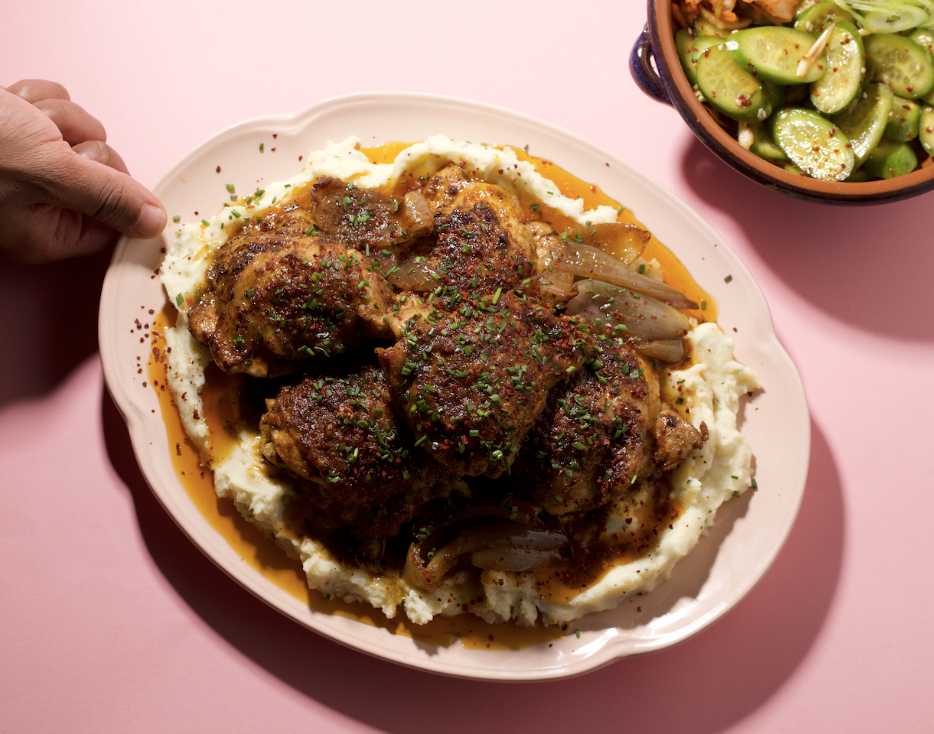
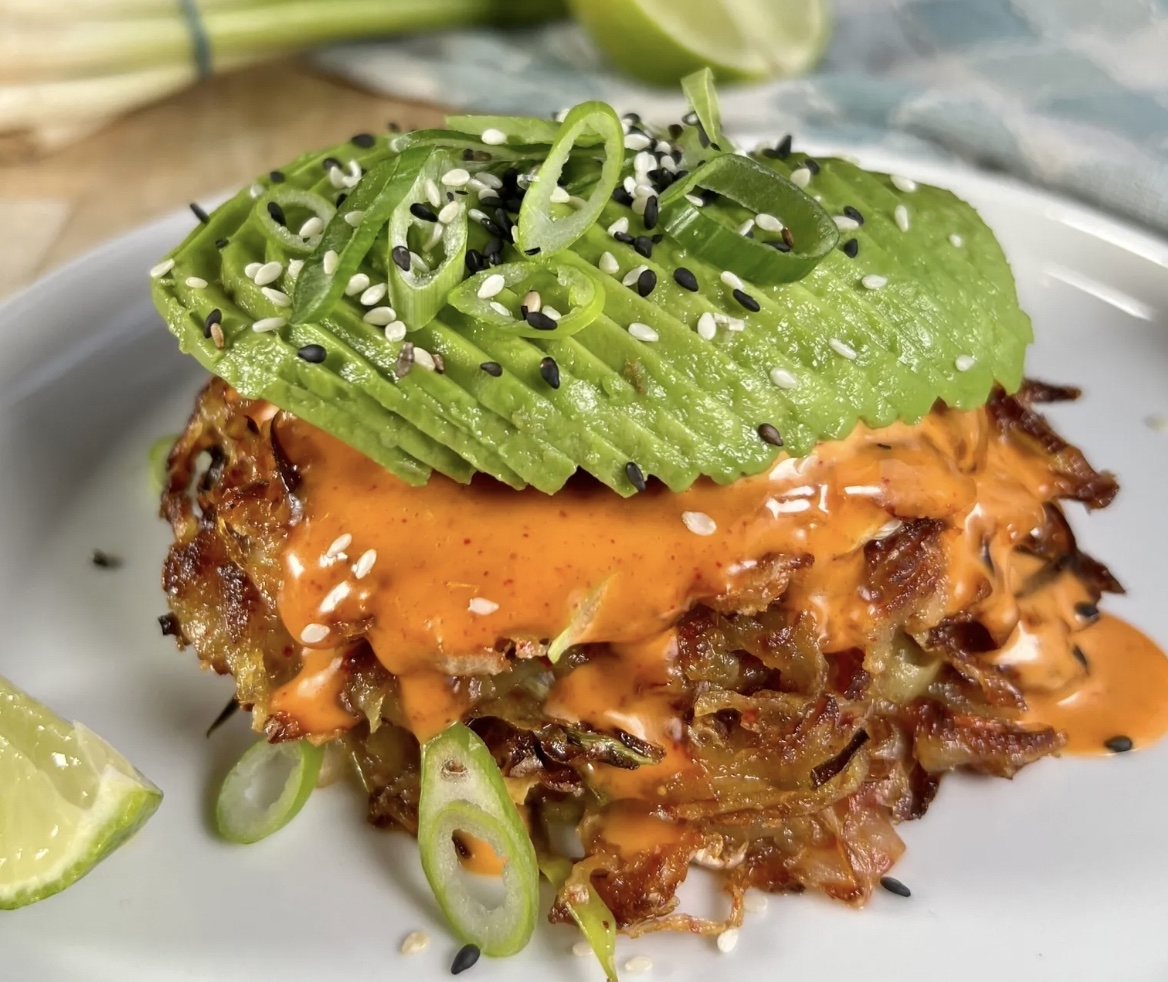
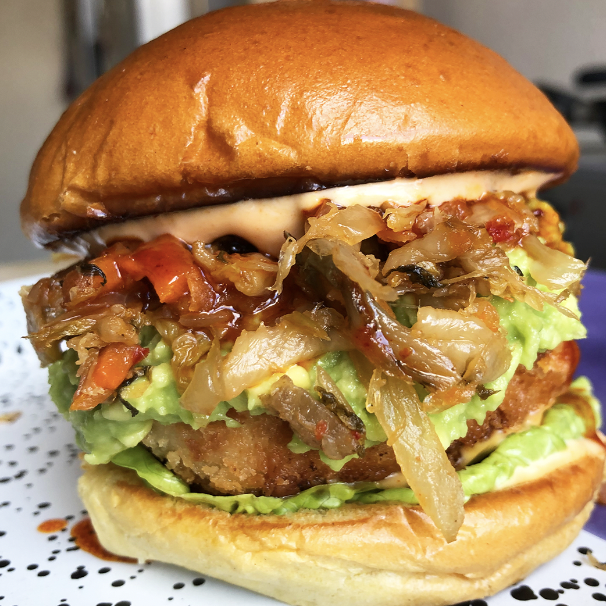


.jpg_dU0O4c?tr=w-2560,f-webp,q-70)